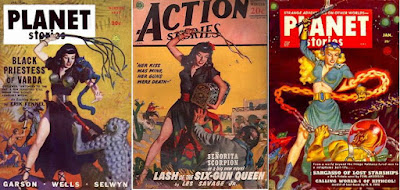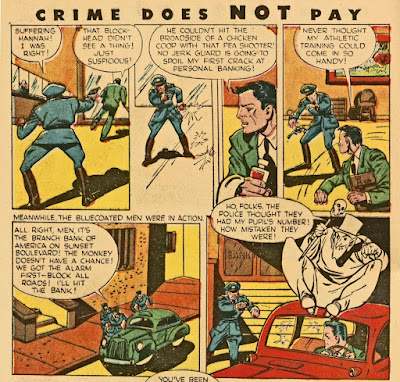Wikipedia, may wonders never cease, has it almost right on Lionel
Ziprin: "Ziprin wrote comic book scripts for Dell Comics in the
mid-1960s, including
Kona Monarch of Monster Island
and several stories
depicting combat during World War II." It was more accurately the early
1960s (and the "several stories" were the first 10 or 11 issues of
Combat).
I mention the up-to-date Wikipedia entry because the original sources
of info on Ziprin still floating around on the Internet,
derived from his 2009 obit, sent historians way off in the wrong
direction by saying he wrote for Dell "in the late forties and into the
fifties." (In 2009
Mark
Evanier, bringing the news of Ziprin to fandom's
attention, soon concluded that "the bio of [Ziprin] had events
somewhat out of sequence.") See the 2020
Allen
Ginsberg Project post, which quotes that time frame but goes
on to
mention Ziprin's doing the first 10 issues of
Kona
without realizing that
the 12-cent comic they show couldn't have come from that earlier era.
Part of the quote from Ziprin himself (in it he never says nineteen
forties or fifties) mentions his doing movie adaptations too.
So far I've found one
movie adaptation by him and three original-story TV tie-ins. The
Aladdin plot he was stuck with (although it would have aligned with his
interests in mysticism) but the three TV ones are, like Kona, worthy of
the description "hallucinogenic."
The Grand Comics Database doesn't even include Lionel Ziprin yet; it
still
attributes the early issues of
Kona to Don Segall
(derived from, I think--mea culpa--a long-ago misatttribution by me).
Ziprin was writing directly for Dell. In 1961-62 the split into Dell
and Gold Key was looming, as according
to the
indicias these issues were among those "Designed and Produced by Dell
Publishing"
whereas most in this portion of the
Four Color
run were still "Designed and Produced by Western Printing and
Lithographing" although all were printed and published by Dell. Perhaps
that explains Paul S. Newman's records showing "Aladdin"; maybe Western
bought a script from him before they found they'd lost some individual
properties
to their own printers. Newman's writing is, in a word,
straightforward, whereas the page here is typical of Ziprin's more
flamboyant
style as seen in his
Kona.
All the one-page inside-cover/back cover fillers in these were very
likely
written by Ziprin too. It seems to me, by the way, that some other
writer did issue #2 of
87th Precinct.
Some Lionel Ziprin scripts in FOUR COLOR
| 1961 |
1255 |
The Wonders of Aladdin |
| Feb-Apr/62 |
1301 |
Adventures in Paradise: Circle of Fire |
| Mar-May/
|
1308 |
Tales of the Wizard of Oz |
| Apr-Jun/
|
1309 |
87th Precinct: Blind Man's Bluff... |








%20Aladdin%2033.jpg)








